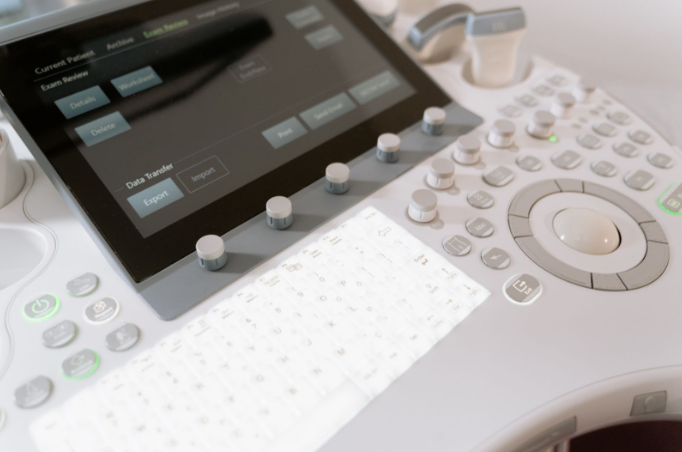Ultrasound Device Shows Promise in Enhancing Brain Cancer Treatment, Early Study Reveals
May 22, 2023
Brain cancer poses significant challenges due to the limited effectiveness of many chemotherapies in crossing the blood-brain barrier. However, a groundbreaking study recently published in the Lancet sheds light on a possible breakthrough.
The study reports successful results from the first-ever in-human trial of an implanted ultrasound device that significantly increased drug concentration in the brains of 17 patients. Manufactured by Carthera, a French medical device company, the device demonstrates the potential for enhancing treatment outcomes for brain cancer patients.
This article explores the study’s findings, implications, and related research, shedding light on the future of brain cancer treatment.
Study Highlights
Led by researchers from Northwestern University, the study aimed to evaluate the safety and efficacy of the ultrasound device in increasing drug penetration in brain tumor sites. Encouragingly, no treatment-related deaths or worsening of neurological symptoms were reported among the participants.
The device effectively amplified drug levels nearly sixfold in the specific brain region activated by the ultrasound. These promising results suggest a potential breakthrough in combating brain cancer by circumventing the challenges associated with the blood-brain barrier.
Unlocking the Blood-Brain Barrier
The blood-brain barrier is a protective mechanism that prevents harmful substances from entering the brain. While it safeguards the brain, it also limits the effectiveness of many cancer treatments.
The ultrasound device used in the study works by temporarily disrupting the blood-brain barrier, allowing chemotherapy drugs to reach the tumor cells more effectively. By precisely targeting the ultrasound waves, the device can selectively enhance drug delivery while minimizing damage to healthy brain tissue.
Implications for Brain Cancer Treatment
The success of the ultrasound device in increasing drug concentration within the brain has significant implications for brain cancer treatment. Enhanced drug delivery could potentially improve the effectiveness of existing chemotherapies and increase the chances of successful tumor regression. This breakthrough paves the way for further research and development of ultrasound-based therapies, offering new hope to patients facing limited treatment options.
Related Research and Future Directions
The recent study builds upon earlier preclinical research on ultrasound-mediated drug delivery. Other research teams have explored similar techniques, including focused ultrasound and microbubble technology, to enhance drug penetration in brain tumors.
The encouraging results from the in-human trial open up avenues for future studies to refine the ultrasound device and investigate its efficacy in larger patient populations.
The ultrasound device used in the groundbreaking study shows promising potential in increasing drug concentration within the brains of brain cancer patients. By temporarily disrupting the blood-brain barrier, the device offers new possibilities for enhancing the effectiveness of chemotherapy in treating brain tumors. Although further research is needed to validate these findings and refine the technology, the early results demonstrate a significant step forward in the quest for improved brain cancer treatment. With continued advancements in ultrasound-based therapies, patients may have access to more effective and targeted treatments in the future.
Sources:
https://www.statnews.com/2023/05/12/ultrasound-device-brain-cancer-treatment/
https://www.thelancet.com/journals/lanonc/article/PIIS1470-2045(23)00112-2/fulltexthttps://pubs.rsc.org/en/content/articlehtml/2022/ma/d1ma01197a
https://www.ncbi.nlm.nih.gov/pmc/articles/PMC8308978/
Recent News

November 07, 2023
UT Arlington’s Smart Hospital: Innovations and Advancements
The University of Texas at Arlington (UT Arlington) innovative hospital has […]
Read More
October 22, 2023
Healthcare’s 2023 Dilemma: Staffing Gaps
The healthcare sector in the US is grappling with a significant […]
Read More
